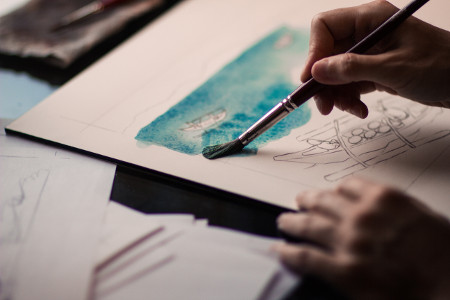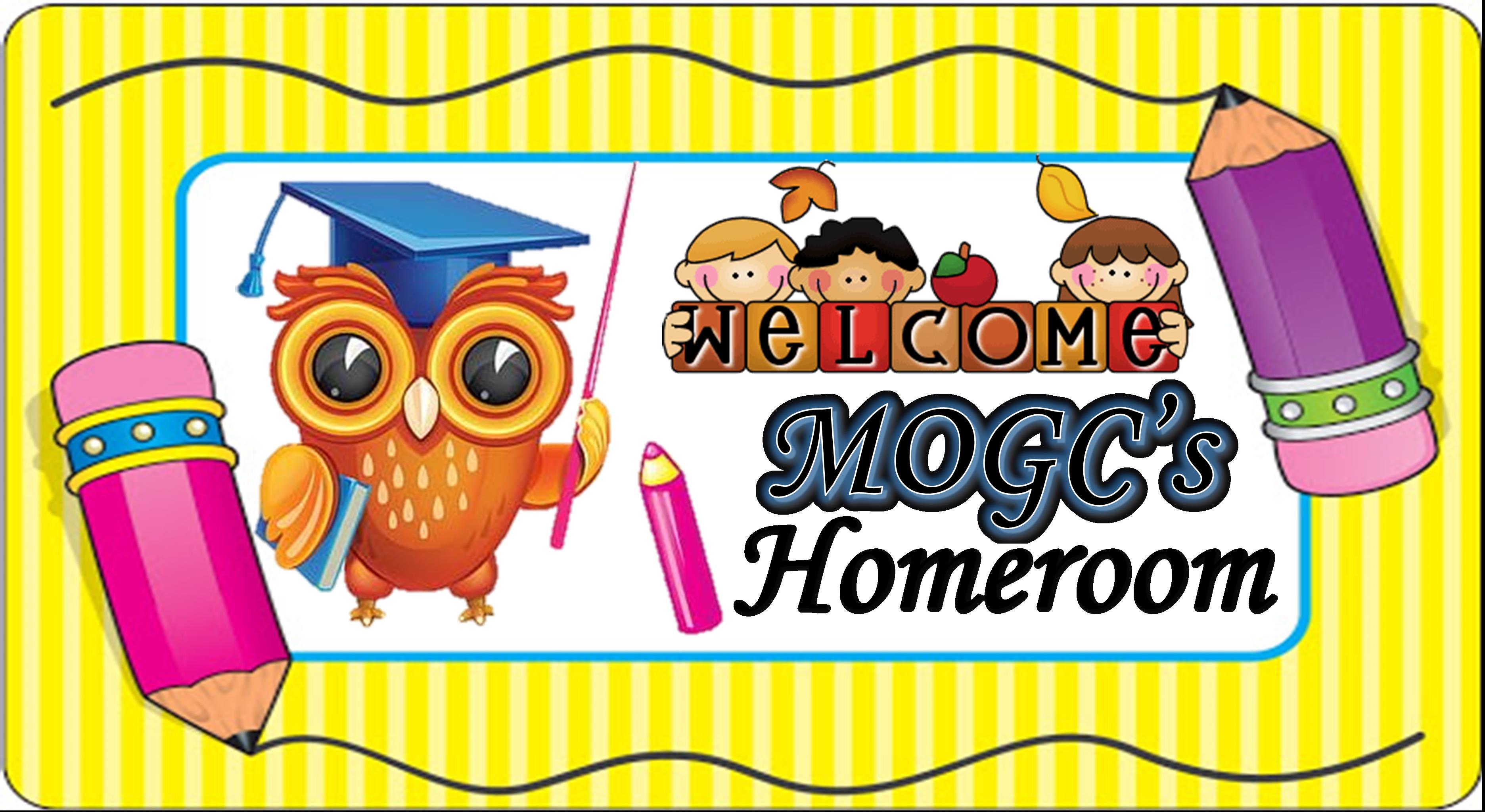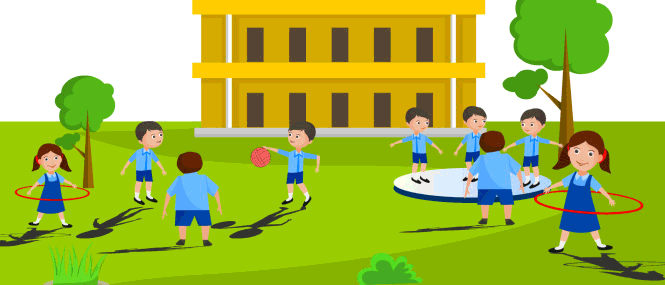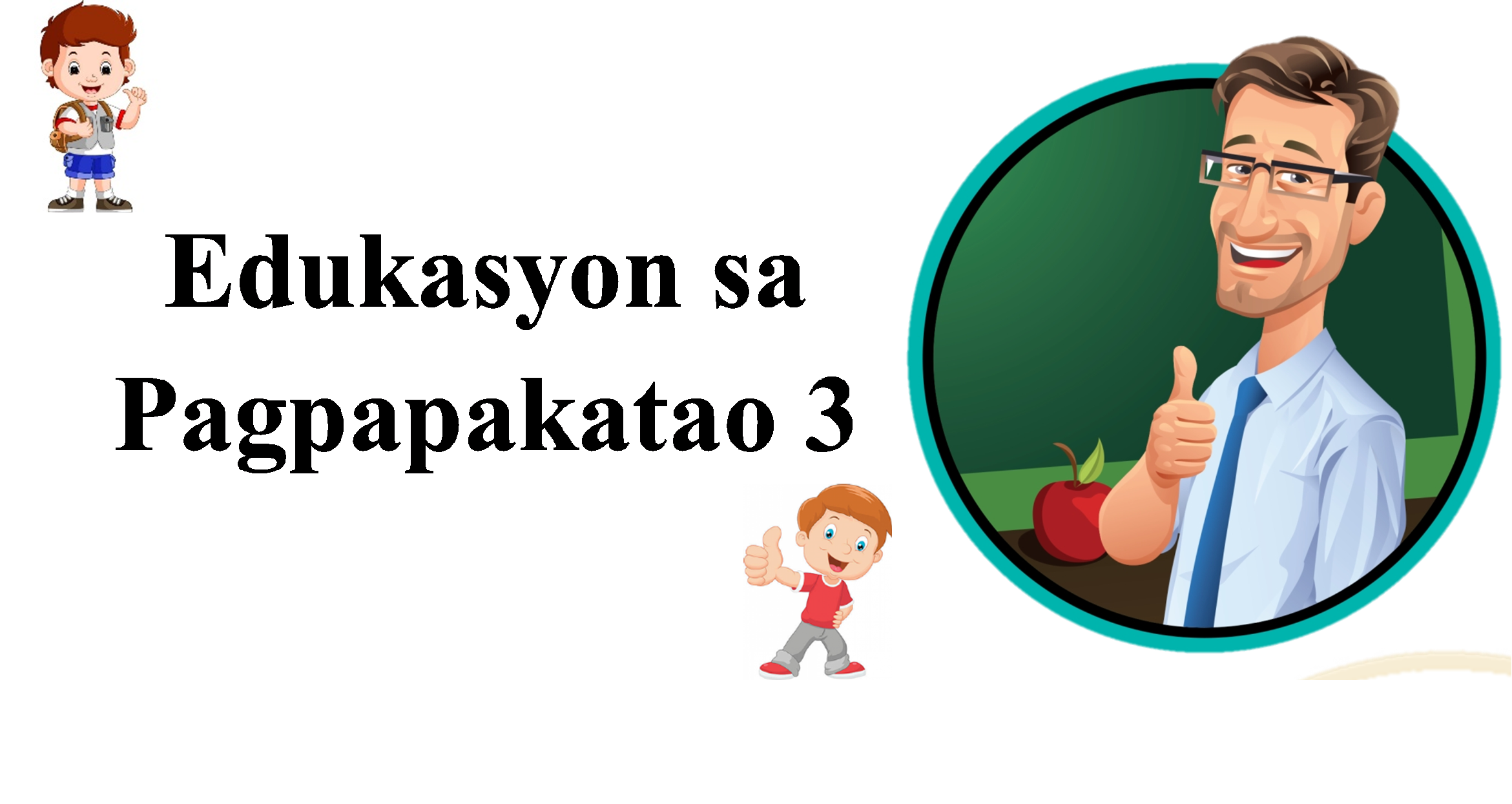
Edukasyon sa Pagpapakatao 3
Sa pagtatapos ng ikatlong baitang, inaasahang naipamamalas ng mag-aaral ang pag-unawa sa mga gawain na nagpapakita ng pagpapahalaga tungo sa maayos at masayang pamumuhay na may mapanagutang pagkilos at pagpapasiya para sa sarili, kapwa, pamayanan, bansa at Diyos.

Mother Tongue Based 3
MTB 3 is about demonstration of communication skills in talking about variety of topics using expanding vocabulary and phrases, shows understanding of spoken language in different contexts using both verbal and non-verbal cues, vocabulary and language structures, cultural aspects of the language, reads and writes literary and informational texts
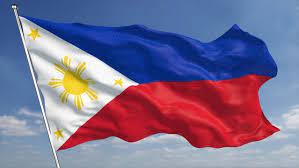
Araling Panlipunan 3
Pag-unawa sa kasalukuyan at nakaraan ng kinabibilangang komunidad, gamit ang konsepto ng
pagpapatuloy at pagbabago, interaksyon, pagkakasunod-sunod ng pangyayari, mga simpleng
konseptong heograpikal tulad ng lokasyon at pinagkukunang yaman, at konsepto ng mga saksi
ng kasaysayan tulad ng tradisyon oral at mga labi ng kasaysayan.
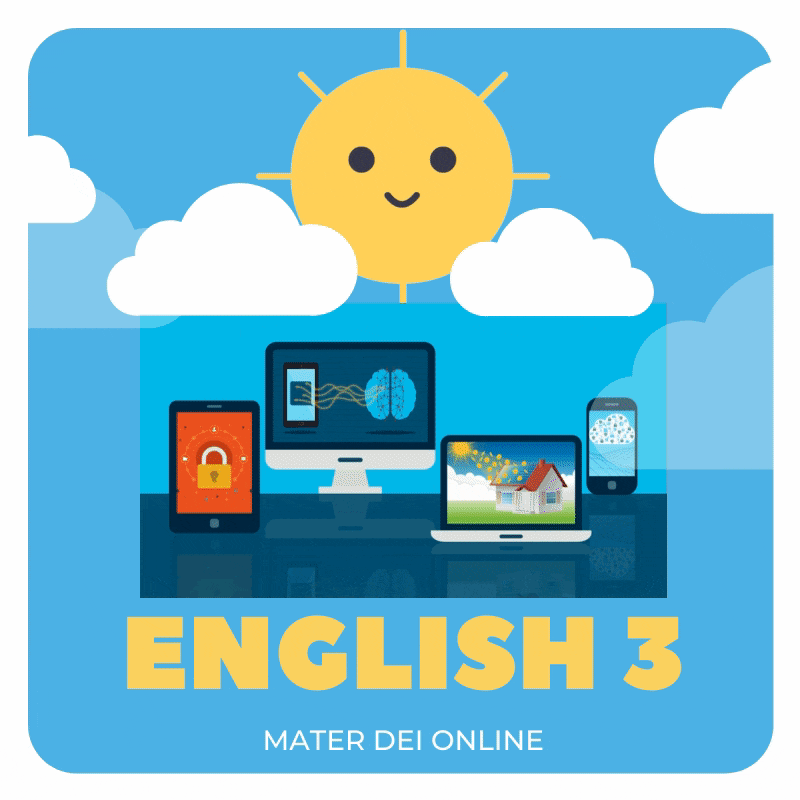
English 3
English 3 will help the
learners demonstrate independence in using the basic language structure in oral
and written communication, and read with comprehension;listen critically to get
information from text heard.
These skills are developed through describing one’s drawing
about the stories/poems listened to using simple and compound
sentences; writing a short descriptive paragraph about a character or
setting in stories listened to; using different kinds of sentences in a
dialogue; using common and proper nouns in a sentence; using plural form of
regular and irregular nouns; reading and writing short e, a, i, o, and u
words in CVC pattern; reading phrases, sentences and short stories
consisting of 2-syllable words; initiating conversations with peers in a variety
of school settings, and many more.
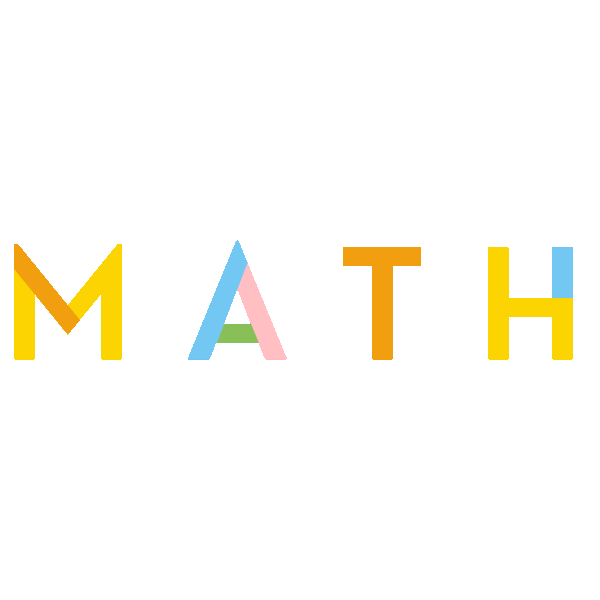
Math 3
At
the end of Grade 3, the learner can demonstrate
understanding and appreciation of key concepts and skills involving
numbers and number sense (whole numbers up to 10 000; ordinal numbers up to
100th; money up to PhP1 000;the four fundamental operations of whole numbers;
proper and improper fractions; and similar, dissimilar, and equivalent
fractions); geometry (lines, symmetry, and tessellations); patterns and algebra
(continuous and repeating patterns and number sentences); measurement
(conversion of time, length, mass and capacity, area of square and rectangle);
and statistics and probability (tables, bar graphs, and outcomes) as applied -
using appropriate technology - in critical thinking, problem solving,
reasoning, communicating, making connections, representations, and decisions in
real life.
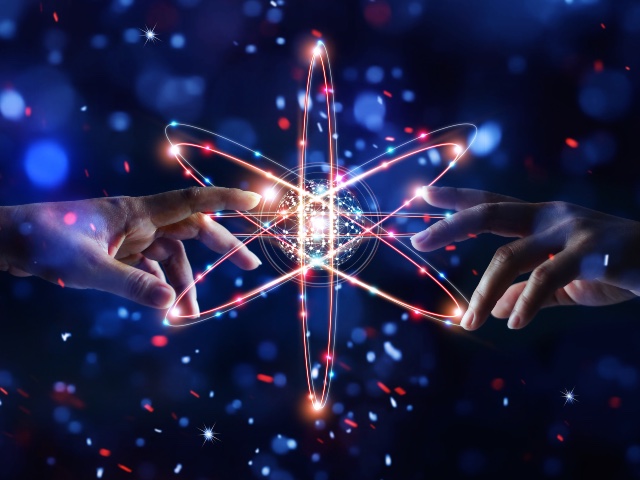
Science 3
Science education aims to develop scientific literacy among learners that will prepare them to be informed and participative citizens who are able to make judgments and decisions regarding applications of scientific knowledge that may have social, health, or environmental impacts. The science curriculum recognizes the place of science and technology in everyday human affairs. It integrates science and technology in the social, economic, personal and ethical aspects of life. The science curriculum promotes a strong link between science and technology, including indigenous technology, thus preserving our country’s cultural heritage.
